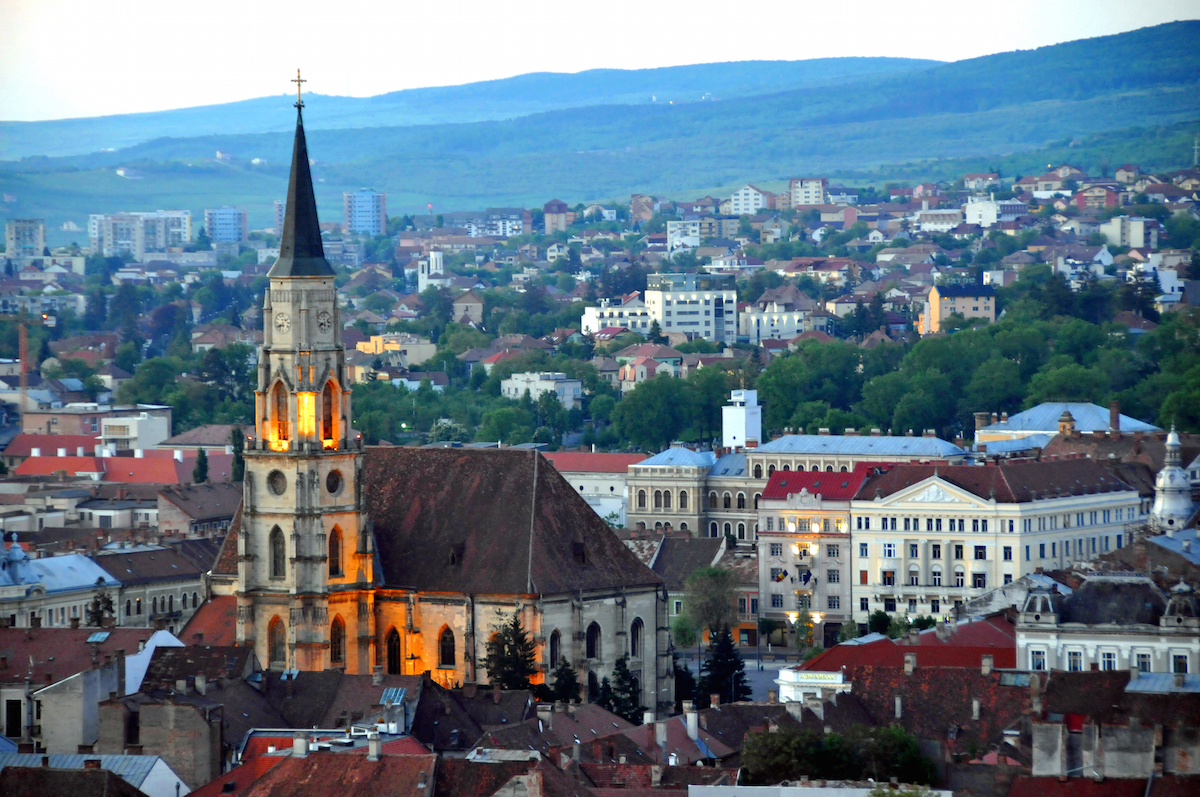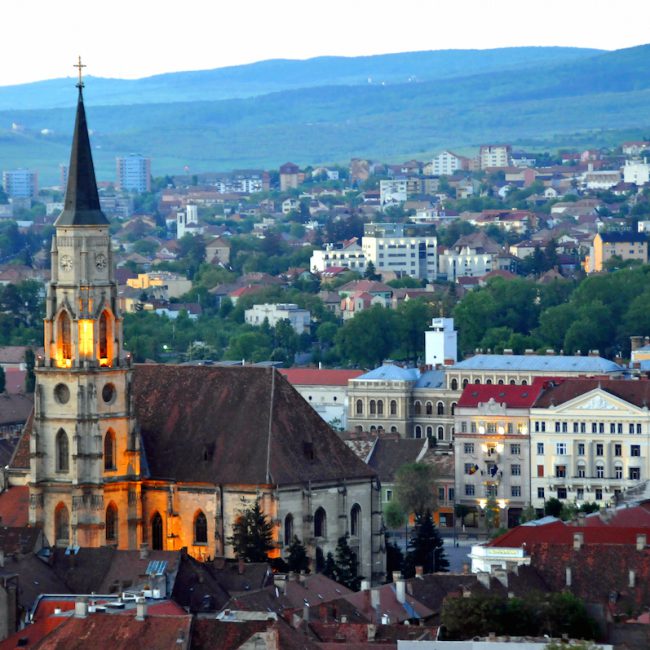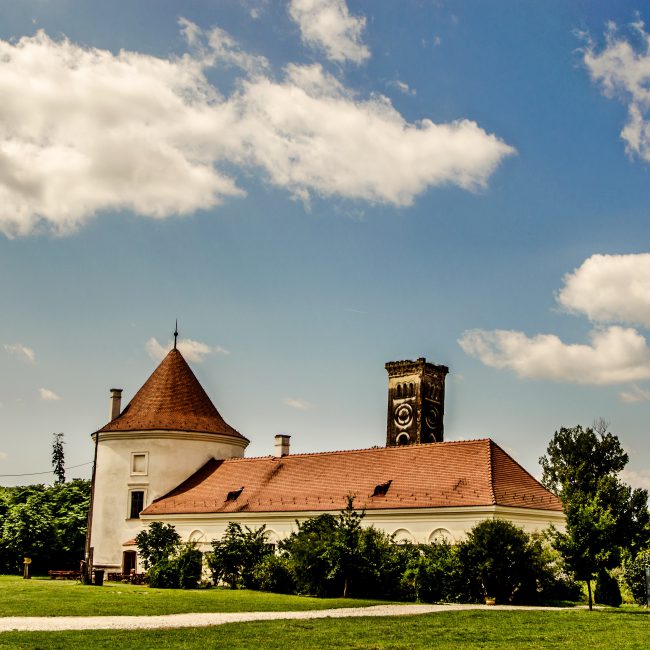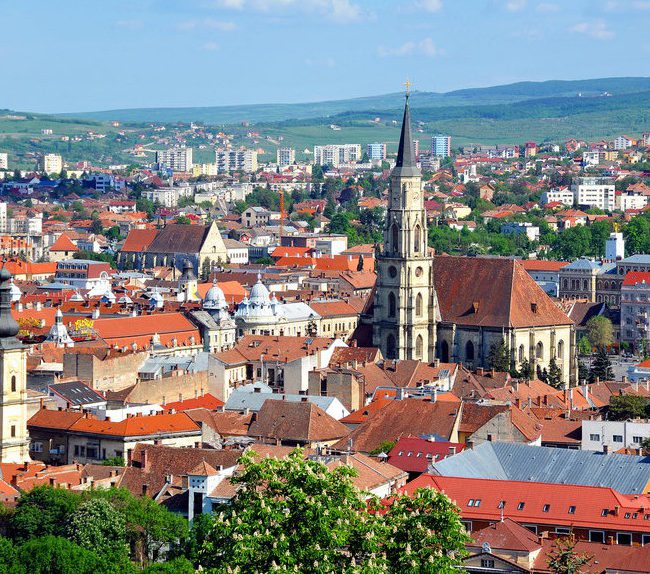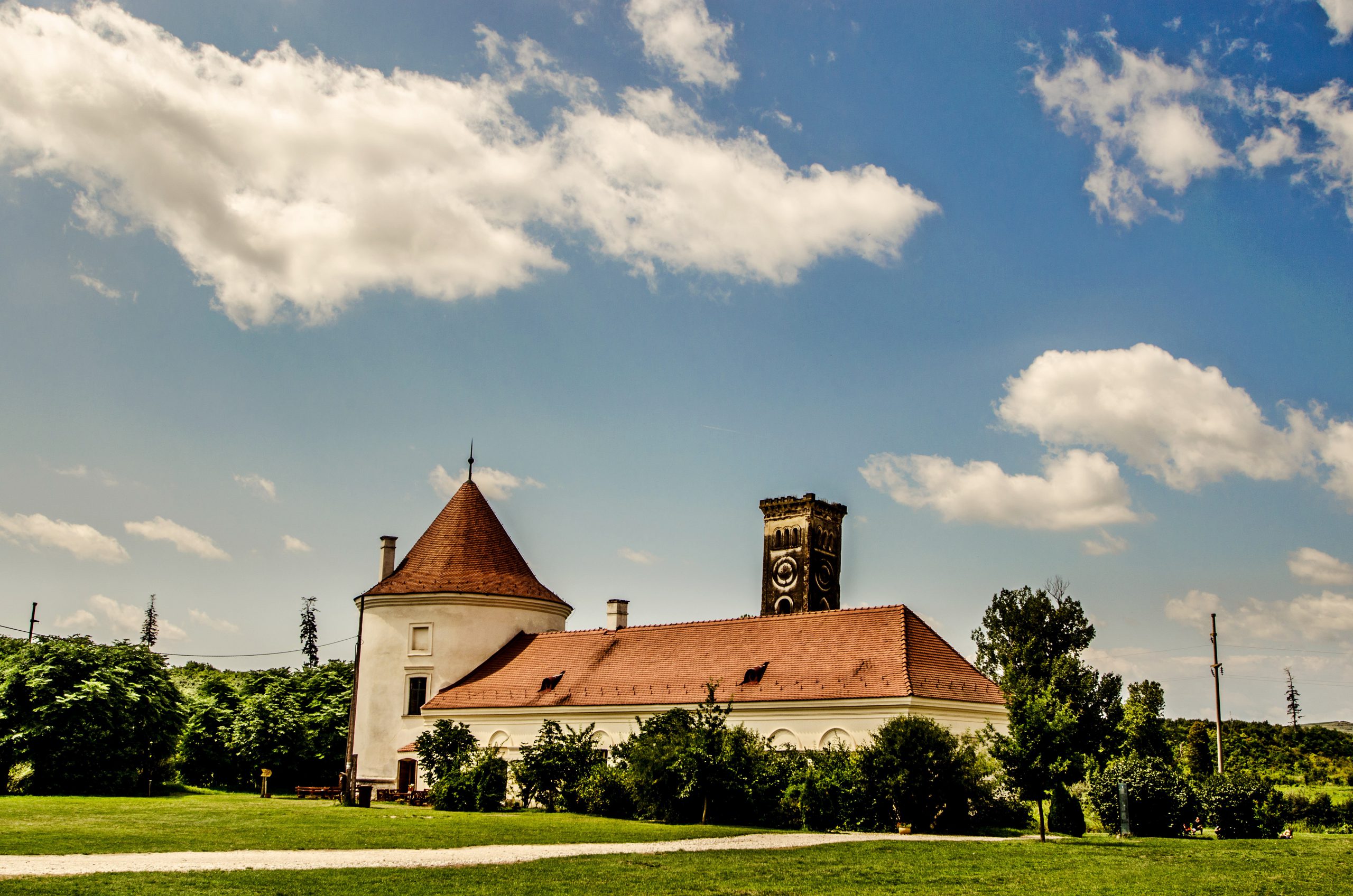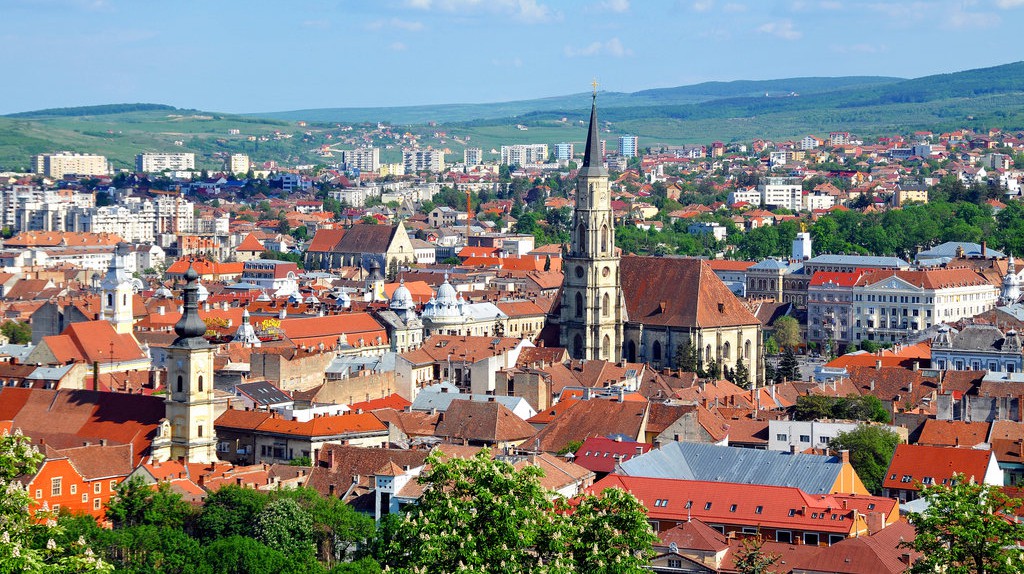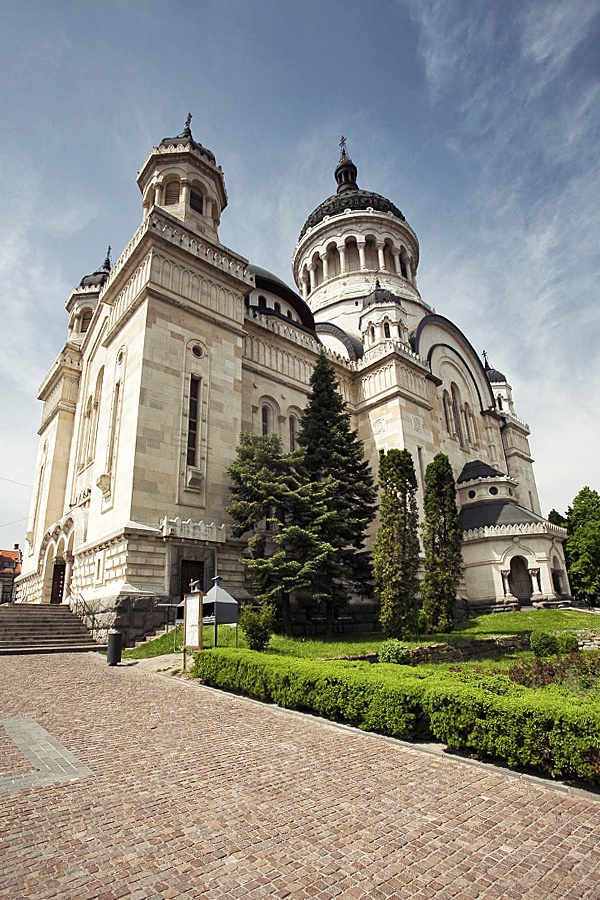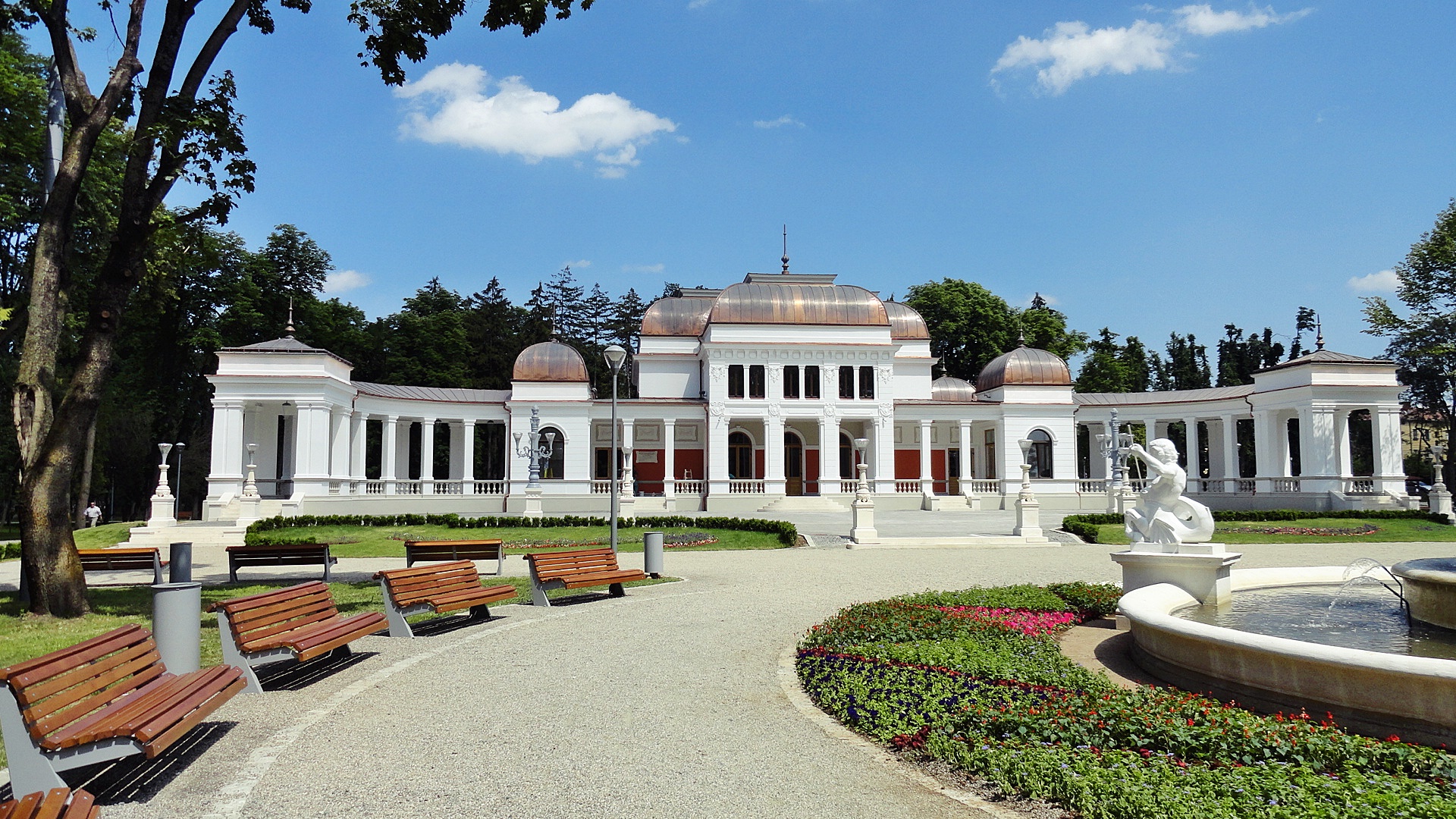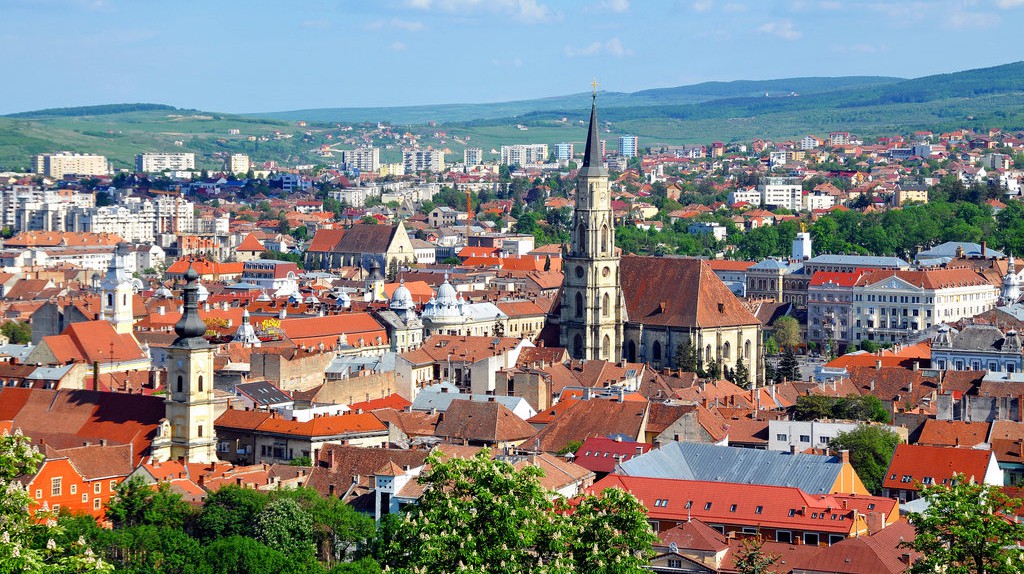CLUJ
Cluj-Napoca (or simply Cluj) is Romania’s second-largest city with a vibrant personality: young-hearted and always-up-to-something, a major cultural and university hub full of creative energy and good vibes!
With a mix of medieval landmarks, architectural jewels, and trendy urban hotspots, Cluj is a laid-back city where people enjoy life at a slower pace than in the capital Bucharest. It’s also ideally located to explore the best sights of Transylvania.
Tour Location
The name Cluj comes from Castrum Clus, first used in the 12-th century as the name of the citadel surrounding the city. Clus means "closed" in Latin and refers to the hills that surround the city. German merchants, who arrived here in the 12th century, rebuilt the medieval earthen walls of Clus in stone after the Tartar invasion of 1241. Known as Klausenburg to the Germans* and Kolosvar to the Hungarians, Cluj became Cluj Napoca in the 1970s, when the communist regime added the name of the old Roman settlement to emphasize its Daco-Roman origin. With one of the most vibrant economies in the country and a population of around 330,000, Cluj, is today a vibrant cultural and educational city.



